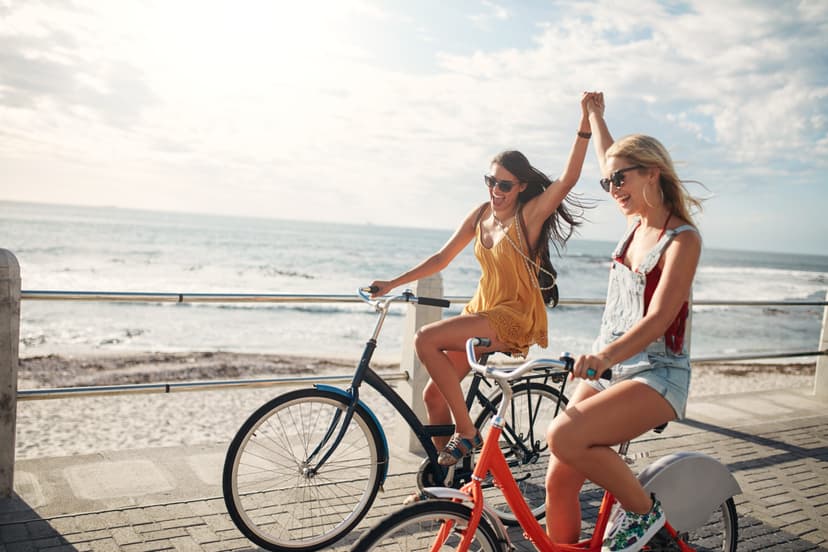Resource extraction, carbon footprint, pollution, the complexity of recyclability for some materials… packaging has an important impact on the planet and the carbon balance of companies. Innovations regarding eco-design – supported by new regulations – now make us re-examine their utility and nature to develop new environmentally responsible packagings and reinvent their usage. Jean-Baptiste Tissier, CSR instructor certified by the Afnor, encourages us to rethink the notions of packaging functionality in order to make the most appropriate and responsible choices.
When consuming a product, we’ve all already noticed that its packaging was sometimes too big, too thick, or that it was simply overpackaged or contained excessive accessories. Whether it is made of paper, cardboard, glass or plastic, packaging can be dispensable – or even completely useless. Useless is the exact term the French legislator chose as part of the Agec Law to describe a packaging that doesn’t meet its essential technical functions, which are: health protection, product integrity, transport, and being a medium for regulatory information.
“For example, a yogurt cup clearly plays a sanitary health function,” details Jean-Baptiste Tessier who assists companies in their environmental transformation.
“The packaging of a pre-cut pineapple – therefore a processed food – isn’t as straightforward and forces us to redefine the way we consume products.” The AGEC law – standing for anti-waste for a circular economy – precisely targets this type of single-use packaging made of disposable plastic, which does not directly meet the utility criteria under the law. As of January 1, 2023, their usage has been banned in France for fast foods, mass catering for companies, school canteens and museum cafeterias hosting at least 20 people and will be completely banned by 2040. But the law applies further than the catering sector.



